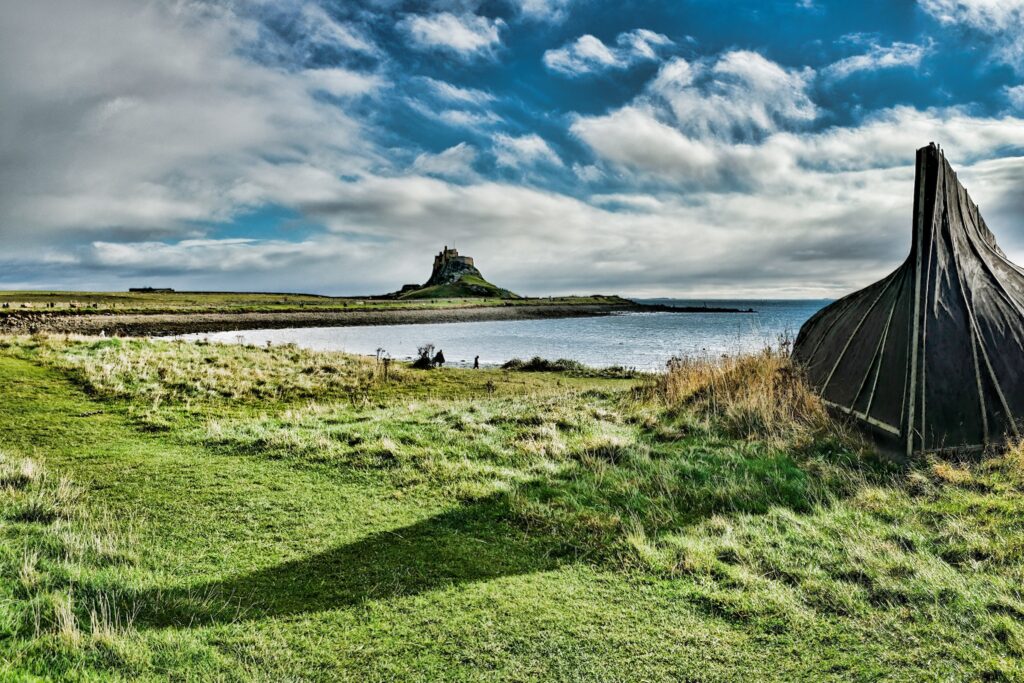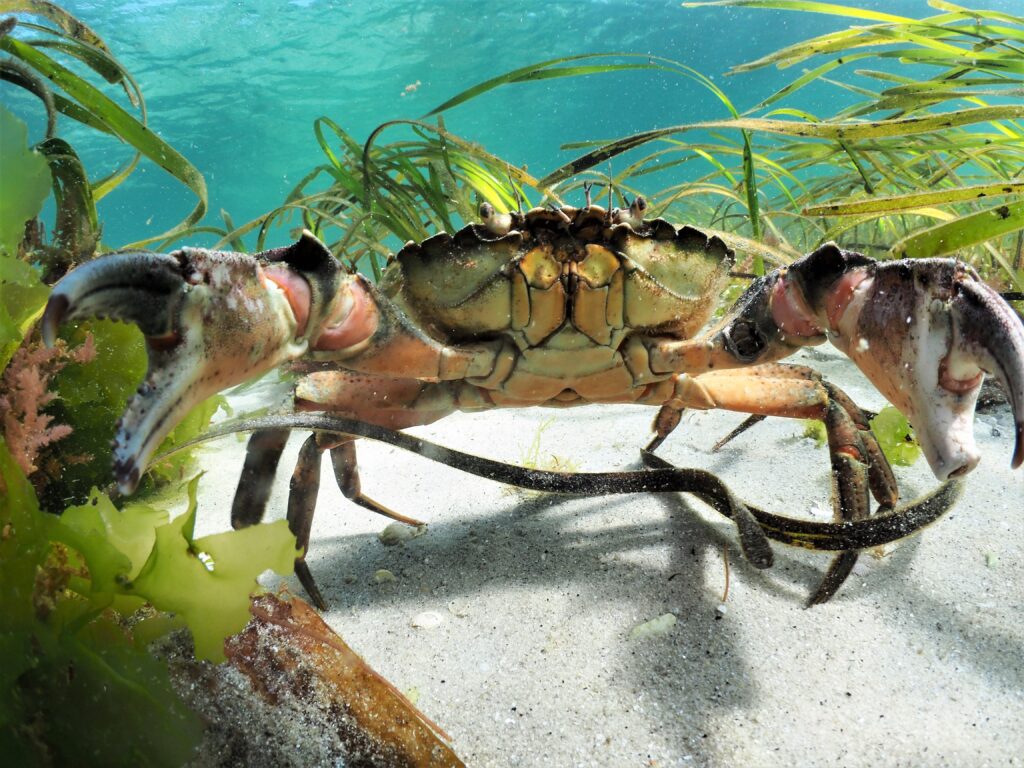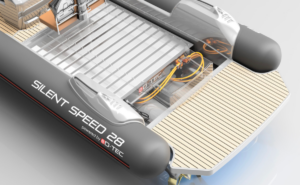Dropping highly protected marine areas in UK ‘disappointing’, say conservation groups
 Lindisfarne, Berwick-upon-Tweed, UK
Lindisfarne, Berwick-upon-Tweed, UK
Conservation groups have expressed disappointment after the UK government confirmed it has dropped two of the five ‘highly protected marine areas’ originally proposed.
A statement published by the government on Tuesday (28 February) confirms the three new sites being taken forward will be designated before 6 July 2023. These sites are Allonby Bay (Irish Sea), Dolphin Head (Eastern Channel) and north east of Farnes Deep (Northern North Sea).
Highly Protected Marine Areas (HPMAs) are designed to help nature fully recover by removing all harmful activities including fishing, construction and dredging, increasing marine biodiversity and supporting climate-resilient ecosystems to thrive.
The government says restricting activity in these areas will help blue carbon habitats, recover depleted species and protect the feeding and nursery grounds of commercial fish.
After drawing up a long list of 30 sites, the government had been proposing to protect a total of five areas – deemed the “bare minimum” in 2021 by marine minister Lord Benyon. However, following a consultation, a further two areas have been scrapped: Silver Pit South and Lindisfarne, Northumberland.
The decision to drop these areas was made in regard to the level of dependency on employment related to the local fishing industries. Campaigners around Holy Island, Lindisfarne, argued against the introduction of a protected marine area there, saying it would destroy a 1,000-year-old fishing tradition.
Meanwhile, the government confirms Silver Pit South was dropped as ‘the relatively high costs to fishermen would not be offset by the potential benefits from its designation as an HPMA.’
Dr Lissa Batey, head of marine conservation at The Wildlife Trusts, says the charity has spent four years campaigning for HPMAs.
“Highly Protected Marine Areas can provide the essential protection our seas need, and so, while I’m hugely disappointed by the paltry number of chosen sites, I will be celebrating these first three,” she says. “But it’s nothing like enough.”
Batey explains that England has lost 20 per cent of coastal habitat since 1954, more than 90 per cent of the country’s native oyster reefs since the mid-1800s, and up to 92 per cent of seagrass from UK seas.
“The common skate is common no more. Populations of angel sharks have declined by 99 per cent, basking sharks by 95 per cent since the 1800s too – these are all trends we need to halt, urgently,” she adds. “This is why designating highly protected sites are so crucially important. They provide nature with a lifeline – a chance to recover.”
Batey continues: “The government came up with a long list of over 30 important places that deserve the highest protection and whittled it down to five precious places. Now we discover that only three have made the cut and the long-term health of our seas has been sacrificed to the short-term interests of the fishing industry – even though the industry has the most to gain from the spillover benefits of HPMAs of increased crab, lobster and other commercial species.
“Defra has yet to reveal the site boundaries for the chosen three HPMAs so we can’t calculate the area covered by the three sites of Allonby Bay, Dolphin Head and north east of Farnes Deep – but I can tell you now that these alone won’t be enough; not when you consider the competing pressures our seas face on a day-to-day basis from damaging fishing practices, development from offshore wind, cabling and dredging.”

The UK does currently have a network of Marine Protected Areas, but this designation does not automatically prevent damaging activity – hence the introduction of ‘highly’ protected marine areas, that aim to go above and beyond current protection levels.
The Wildlife Trusts say it will be calling on the government to designate more HPMAs, to achieve the goal of 30 per cent of land and sea protected and in recovery by 2030.










